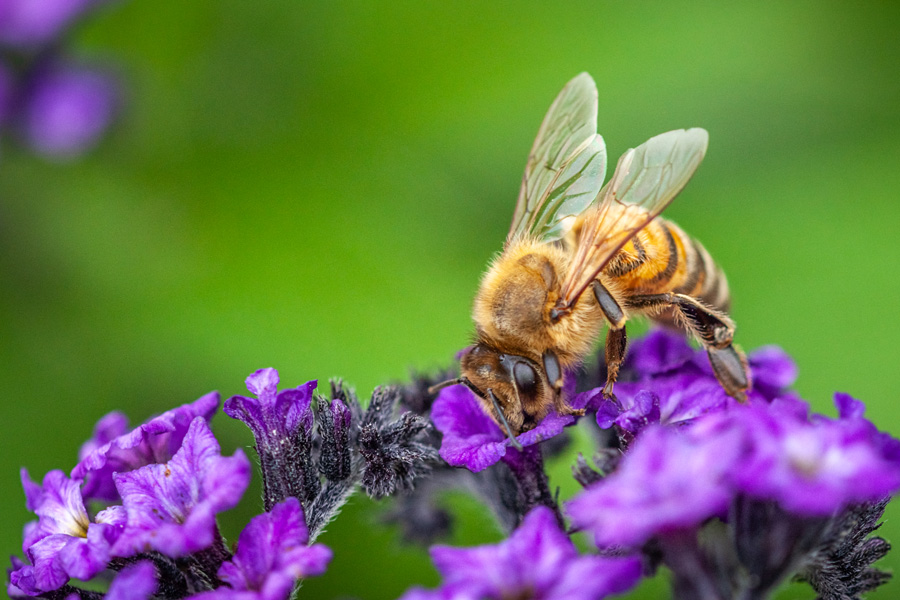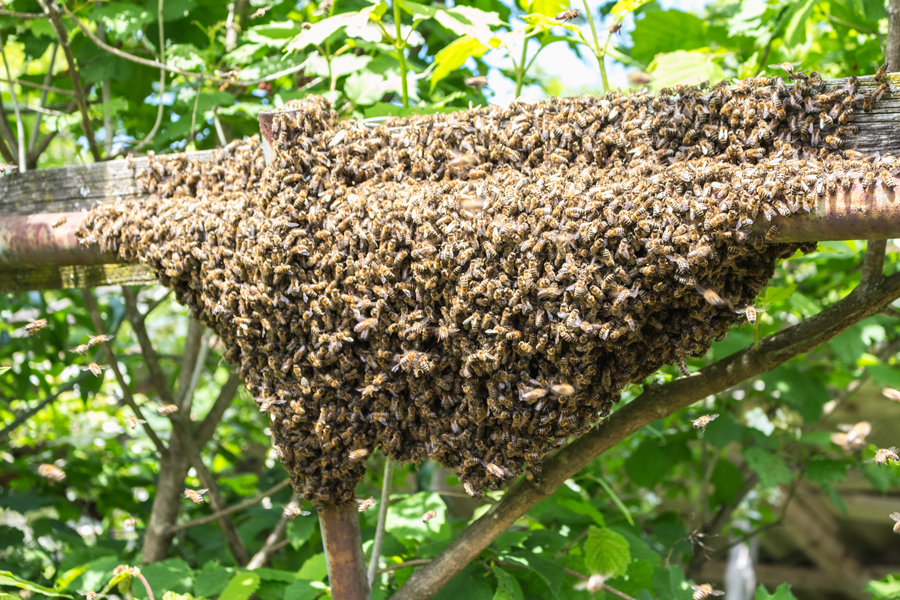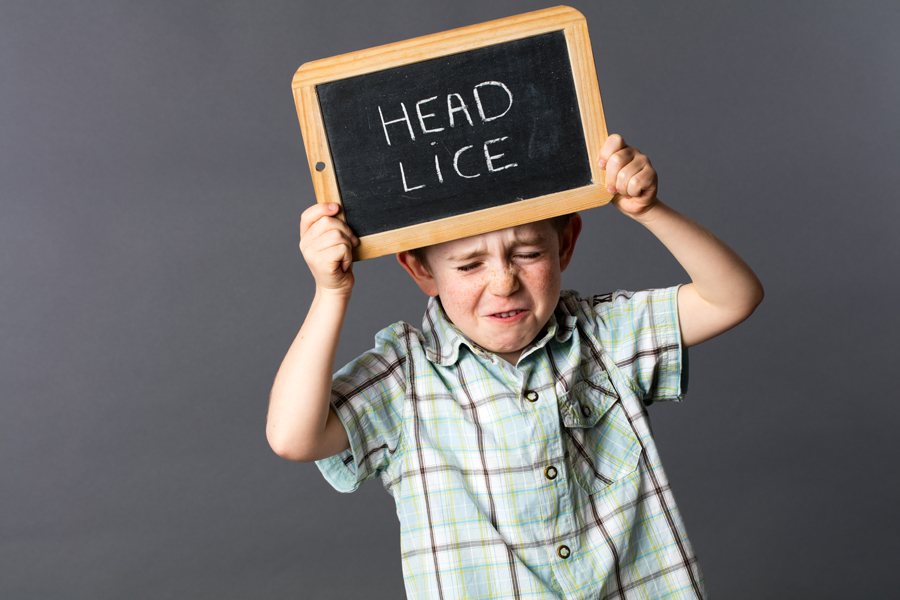Ants, Termites and Other Pests
-

European hornets are widespread across much of the eastern United States. Native to Europe and Asia, they were accidentally introduced to North America in the mid-1800s. The European hornet is the largest species found in the United States and is particularly common in Georgia.
Shimat V. Joseph
|
-

Carpenter bees can be a serious pest on outdoor structures made of wood, such as patios, decks, siding of homes, sheds, furniture, etc. The large carpenter bee is the most common species found in Georgia. While these bees are pollinators, mated females bore tunnels into wooden structures to raise their larvae. This tunneling causes substantial damage to wood, and sometimes even compromises the integrity of the structures they affect.
Shimat V. Joseph
|
-

Additional resources from the GPMH Commercial Edition.
Allison Faye Johnson and Michel Kohl
|
-

The Georgia Pest Management Handbook gives current information on selection, application and safe use of pest control chemicals. The handbook has recommendations for pest control on farms, around homes, urban areas, recreational areas, and other environments in which pests may occur. Cultural, biological, physical, and other types of control are recommended where appropriate.
Allison Faye Johnson and Victoria McCurley
|
-

Mosquitoes can transmit a wide variety of pathogens and significantly reduce our quality of life with their aggressive biting behavior. On the other end of the spectrum, pollinators are a critical part of our natural environment, contributing significantly to food production and ecological diversity. Honey bees, along with other pollinators, are susceptible to pesticides, and significant bee kills have occurred because of mistimed or misguided pesticide applications. When conducted properly, an integrated pest management approach does not pose a significant risk to honey bee colonies.
Elmer Gray and Jennifer A Berry, PhD
|
-

This circular is for property owners who have unwanted honey bee swarms on their lands or colonies nesting inside walls. It explains these natural processes and gives options for dealing with them.
Keith S Delaplane
|
-

This guide discusses how to prevent and treat head lice outbreaks in schools.
Allison Faye Johnson
|
-

This guide for parents explains what to do — and what not to do — when a child gets head lice.
Allison Faye Johnson
|
-

B 1088
Millipedes and Centipedes
This publication gives an overview of millipedes and centipedes and gives tips on how to control them in the home.
Elmer Gray
|